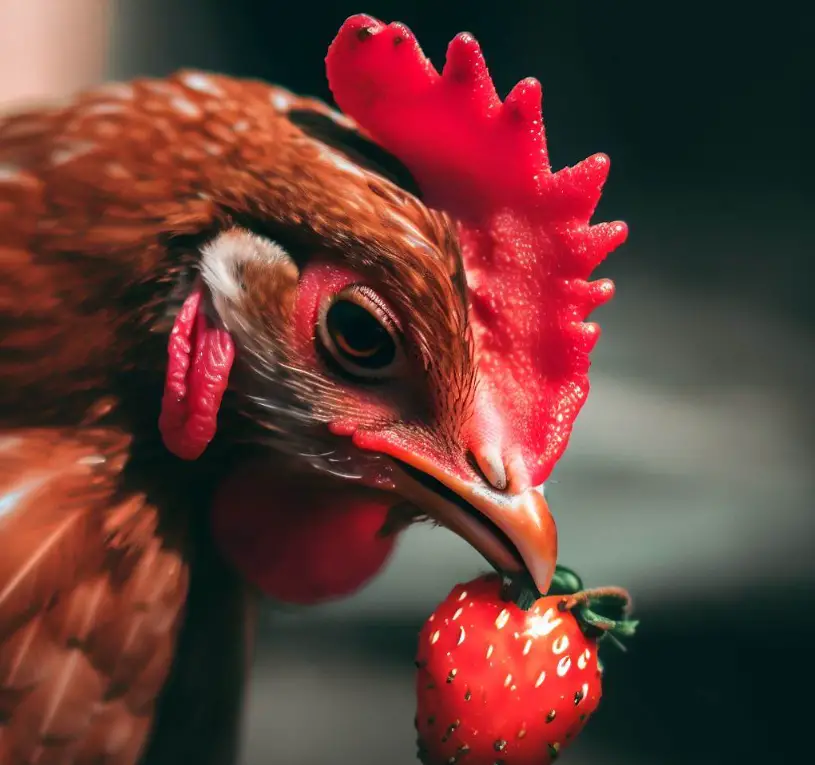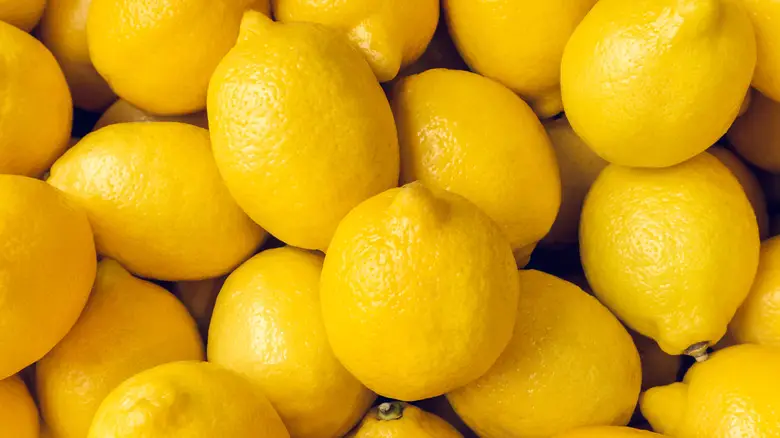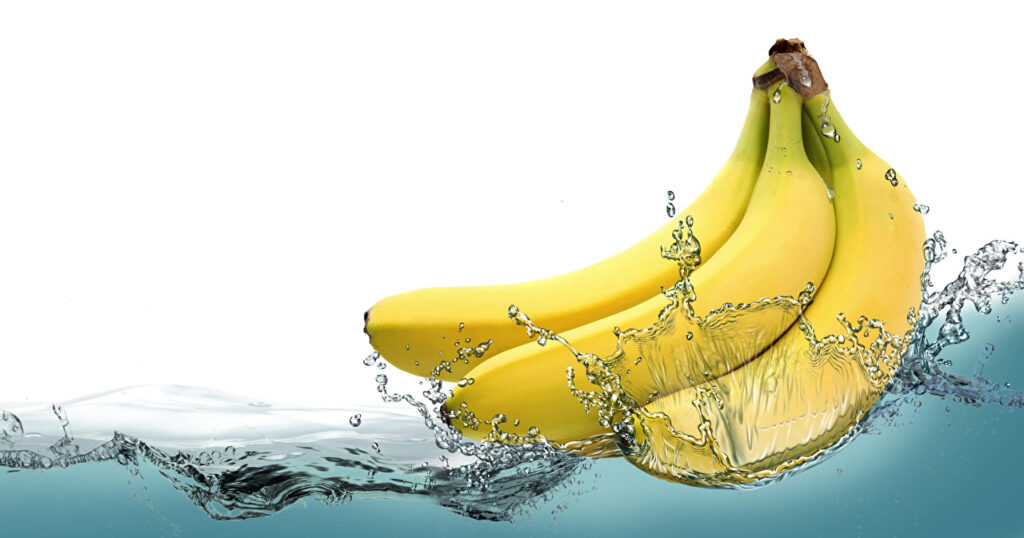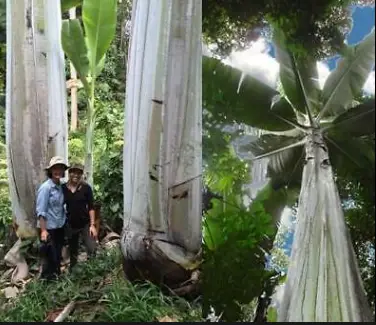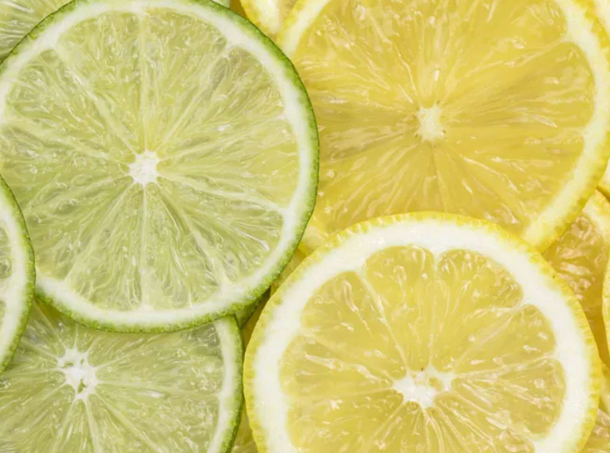Shipping fresh fruits and vegetables the right way is important to keep them fresh. Freshness can be affected by temperature, how wet or dry it is, gases given off by the fruits and vegetables, and how much they breathe. Knowing how these things work helps people who are shipping fruits and vegetables. They can choose the best boxes, containers, and ways to ship so that the fruits and vegetables stay fresh and tasty when they get to where they’re going.
Table of Contents
- Steps to Ship Fruits and Vegetables
- 1. Start with Fresh Produce
- 2. Keep the Right Temperature
- 3. Control the Ethylene Gas
- 4. Protect from Bumps and Shakes
- 5. Keep Things Moist
- 6. Pick the Right Boxes
- 7. Get There Fast
- 8. Be Extra Careful
- Choosing the Right Boxes for Shipping
- 1. Corrugated Cardboard Boxes
- 2. Wooden Crates
- 3. Plastic Containers
- 4. Modified Atmosphere Packaging
- 5. Shrink Wrap
- 6. Packing Materials
- Selecting Appropriate Shipping Containers
- 1. Refrigerated Containers
- 2. Insulated Containers
- 3. Ventilated Containers
- Handling Special Considerations
- 1. Respiration Rates
- 2. Chilling Sensitivity
- 3. Ethylene Production
- 4. Water Loss
- Selecting Appropriate Shipping Methods
- 1. Air Freight
- 2. Rail Transport
- 3. Maritime Shipping
- Summary
Steps to Ship Fruits and Vegetables
To send fresh fruits and vegetables safely, you need to be careful and plan ahead. They are still alive after you pick them and will continue to breathe. The right kind of boxes keep them fresh while they travel. This stops them from losing water, getting squashed, or going bad.
Here are some tips from experts on how to ship fruits and veggies in the best way:
1. Start with Fresh Produce
Always pick fruits and vegetables that are really fresh. Depending on what it is and how long it needs to travel, you might want it to be a bit underripe. If it’s too ripe, it could get damaged easily.
Look over every piece for bruises, cuts, or signs that it’s starting to go bad. Take away any damaged parts so they don’t spread. Wash everything with cold water to clear off any dirt or things left from growing. Make sure it’s all dry before you pack it.
2. Keep the Right Temperature
Keeping the right temperature is so important to keep your fruits and vegetables fresh. If you cool them, they will breathe slower. This means they won’t lose water or go bad quickly.
Every kind of fruit and vegetable has a temperature that’s best for it. For example, tomatoes are happy at 55°F, while greens like a chilly 32°F. You can find the temperature that’s right for what you’re sending in a guide for storing produce.
Use boxes that are insulated and put in cooling gels or ice packs that don’t get wet. Arrange them around your fruits and vegetables, but not touching them. Be careful not to freeze anything by mistake, as that can hurt crops that don’t like the cold.
3. Control the Ethylene Gas
Ethylene is a gas that fruits and vegetables make naturally, and it makes them ripe faster. But some can’t handle it and go bad too soon if they’re around too much ethylene.
Keep the things that make lots of ethylene, like apples and bananas, away from those that can’t take it, such as lettuce and berries. You can use walls with holes in them to keep them apart in your load.
You can also get special sheets that soak up ethylene to keep it under control in closed boxes and containers. This can really help fruits and vegetables last longer.
4. Protect from Bumps and Shakes
When fruits and vegetables get knocked around during their trip, they can get bruised or squished. Being gentle helps avoid this kind of damage.
Put padding materials like shredded paper, spongy sheets or air-filled bags in the boxes with your produce. You can wrap each piece with soft paper too. Use methods like straps to keep everything from moving too much in their boxes.
Don’t pack the boxes too full. Give the produce a little room to move, but not so much that they bump into each other a lot.
5. Keep Things Moist
Most fresh fruits and veggies have a lot of water in them. Keeping them from drying out will help them stay crunchy and delicious.
If you line your boxes with plastic, it keeps the dampness in. Putting misty or damp paper towels in can also help control moisture.
For things like greens, you can include dry ice to make a cool, moist little world inside. Dry ice turns into gas very slowly, and the gas helps slow down how much the greens breathe.
6. Pick the Right Boxes
Having the correct boxes makes sure your produce stays safe while it’s being moved and handled. The boxes should cushion the fruits and vegetables, keep the air just moist enough, let a little air flow, and not crush easily.
Cardboard boxes and wooden crates that you just use one time can give good protection. They’re light to carry and you can throw them away after. Strong plastic containers can be used many times and they protect your produce really well.
If you’re moving a lot, you can put the boxes on wooden platforms and wrap them up with stretchy plastic or nets. These platforms make it easier to move the load with a forklift or hand truck.
7. Get There Fast
If fruits and vegetables don’t have to travel for long, they won’t get as jostled or have to deal with bad temperatures. Choose the quickest way to ship that you can afford.
Trucks that are cold inside keep a cool temperature all the way. For very far trips, airplanes are the fastest even though they cost more.
For nearby places, you can use fast trucks on the road. Little packages can be sent with overnight shipping to get there quickly.
8. Be Extra Careful
Being rough with fruits and vegetables can make them go bad faster. Teach everyone who handles them how to be careful.
When picking them up, use soft mats. Slide the boxes to the trucks instead of dropping them. Make sure everything is held firmly in place so it doesn’t slide around.
Label your boxes with things like “Handle with Care” or “Keep Cool” to remind people. And when you lift and load boxes, do them one at a time so they don’t squash each other.
Choosing the Right Boxes for Shipping
Good boxes control the temperature and humidity and protect your produce from getting hit, dropped, or squished. Some good choices are:
1. Corrugated Cardboard Boxes
Corrugated cardboard boxes are strong and survive shipping well. They’re made with a wavy layer in the middle which gives cushioning, and flat layers on the sides that make them sturdy. Produce boxes have holes for air to move around and keep a good temperature. Using liners in your boxes helps maintain moisture. Strong ones made from plastic mesh or spongey materials give extra protection.
2. Wooden Crates
Wooden crates have been used for a long time and they’re still a good choice. They let air move through and have a solid framework. Wood also helps hold a steady temperature.
Crates are great for stacking up and saving space when carrying goods. They have gaps between slats so people can easily see what’s inside. But, they can be heavy which adds to transport costs. They also need to be cleaned properly, and people worry about their impact on the environment and what happens when they are thrown away.
3. Plastic Containers
Plastic containers are being used more and more because they have lots of good points:
- They’re strong and won’t get squashed easily.
- They can be shaped to fit exactly around what you’re putting inside them.
- They can have holes or spaces to let air in, which helps control the moisture.
- They can be stacked inside each other to save room when you’re not using them.
- They can be used again and again for lots of trips.
- They can be recycled when you’re done with them.
4. Modified Atmosphere Packaging
When you seal a whole pallet of food with plastic, you can change the air inside. Less oxygen and more carbon dioxide mean the food doesn’t breathe as much and won’t ripen too quickly. But if you don’t get the mix of gases right, it can make the food taste strange. Keeping the right balance of air inside needs someone who knows what they’re doing.
5. Shrink Wrap
If you wrap fruits and veggies with a thin plastic and heat it, it shrinks and forms a tight seal. This stops them from drying out and getting hurt. However, it isn’t very strong for stacking a lot of stuff on top, and it can trap too much moisture if you don’t poke holes for air.
6. Packing Materials
There are trays, inserts, and special coatings that you can use to protect fruits and veggies. Trays made of plastic stop them from touching the boxes directly. Foam inserts can soften any bumps. Liners that control moisture are also important. But with more protection comes higher costs.
Selecting Appropriate Shipping Containers
When you’re shipping something, the type of container you choose really matters, especially for controlling the temperature and airflow:
1. Refrigerated Containers
Containers that control temperature can keep things really cold, even as low as -25°F (-32°C). They use diesel engines and special machines to stay cool. You can also use atmospheric control units to manage the air without cooling. However, containers with refrigeration use more fuel and cost more to use than ones that just let air in.
2. Insulated Containers
Insulated containers don’t actively cool things but they slow down the heat from getting in or out. They can keep the temperature stable for a day or two. To help them stay cooler longer, you can use ice or cold packs. But after a while, the temperature outside will affect what’s inside.
3. Ventilated Containers
Regular containers that let air flow through can be good for shipping produce on pallets. They have vents underneath and on the sides so that air can move in a natural flow. This helps a bit with temperature, but it won’t let you control it precisely.
Handling Special Considerations
Some types of fruits and veggies need extra care when you’re shipping them:
1. Respiration Rates
Even after they’re picked, fruits and veggies keep breathing, using up oxygen and making carbon dioxide, water, and heat. If they breathe too fast, they go bad faster. Slowing this down can make them last longer. Keeping an eye on how much carbon dioxide is inside the containers tells you how fast they’re breathing. Airflow gets rid of carbon dioxide and controls the dampness.
2. Chilling Sensitivity
Some foods can get damaged if they’re too cold. Potatoes and coconuts turn their starch into sugar. Eggplants and avocados can get brown marks. Pineapples might get pits or look like they’re soaking in water. Bananas can turn black. It’s important to know the best temperatures to keep these types of produce from getting hurt by the cold.
3. Ethylene Production
Ethylene is a chemical that plants make naturally. All fruits and veggies make some, but things like apples, melons, tomatoes, bananas, peaches, and pears make it a lot more when they’re getting ripe. Ethylene makes other produce nearby ripen and age faster too. Keeping things that make ethylene away from others stops them from getting too ripe too soon. Getting rid of ethylene can also be helpful.
4. Water Loss
When produce loses water, it shrivels and wilts. Hot and dry conditions make this happen faster. Plastic can help keep the moisture in, but you have to be careful not to start with too much dampness inside. Watching humidity levels will protect against drying out or getting too wet.
Selecting Appropriate Shipping Methods
Picking the right way to send your products can make a big difference. If you need to get something somewhere quickly and it can’t last long, air transport works well even though it costs more. Trains and ships are slower but good for things that don’t need to be in a hurry.
1. Air Freight
Shipping by air is the fastest but also the most expensive. It can cost up to five times more than shipping by sea. But if you have really delicate items like berries, it’s usually the best choice. Air containers can control temperature and air very well. Airports can also store things in cool places while they wait for their flight.
2. Rail Transport
Trains with refrigeration can keep the temperature like sea containers can. They’re faster than ships but not as fast as planes. They only go between big places, but they have special tech to keep things from getting too bumped around during the trip. Train tickets cost less than plane tickets but more than boats.
3. Maritime Shipping
Ships are the cheapest way to move a lot of stuff, especially if it’s heavy or not worth much. They let you send large amounts all at once, and you can move them from the ship to other transport easily. But they can take a very long time to travel across the sea, sometimes weeks. Refrigeration on ships keeps the temperature and moisture right for a long trip, and slowing breathing down helps fruits and veggies last during the journey.
Summary
It’s possible to deliver fresh fruits and veggies in good condition over long distances if you manage everything well. The right packaging, containers, and ways of shipping help keep the temperature, wetness, breathing, and ethylene in check. By considering what each type of produce needs and how to handle it, you can make sure it stays fresh all the way to where it’s going. With careful planning and attention, tasty and ripe food can be sent all over the world.
![What Is the National Fruit of Germany And Why? [ANSWERED]](https://fruitonix.com/wp-content/uploads/2023/04/What-Is-the-National-Fruit-of-Germany-And-Why.jpg)

